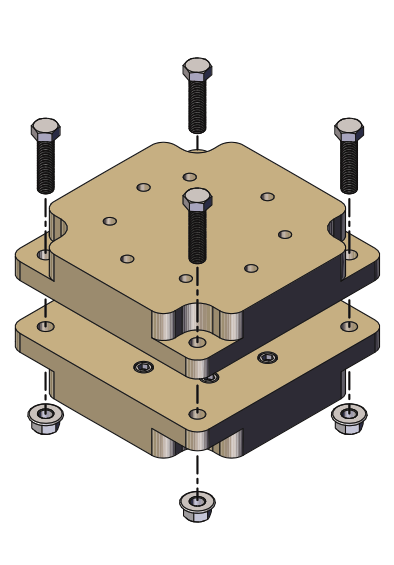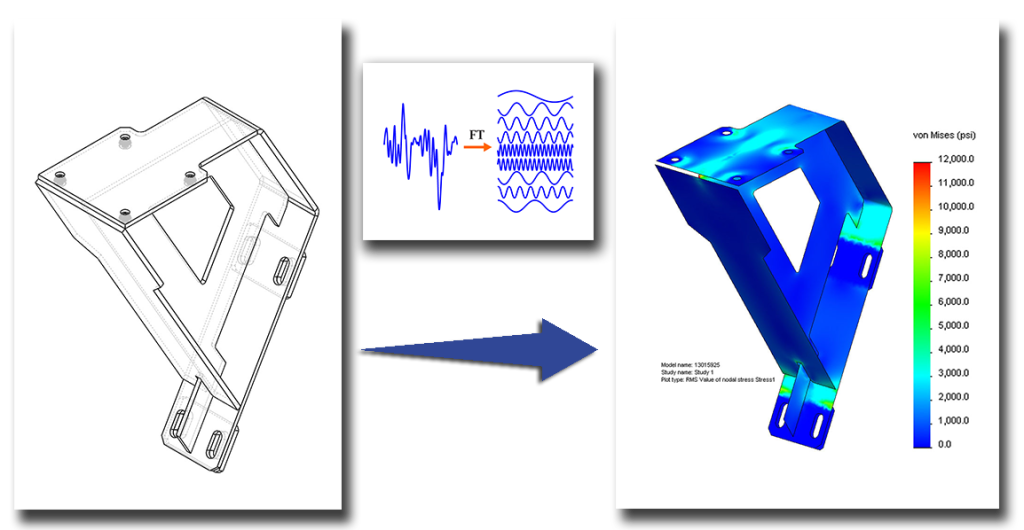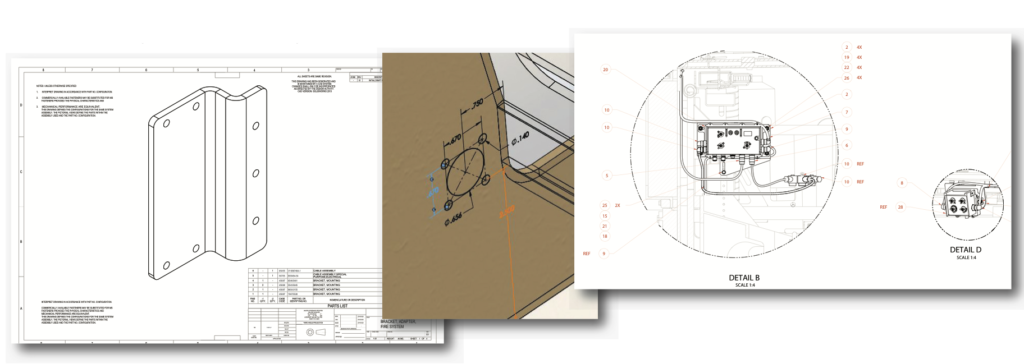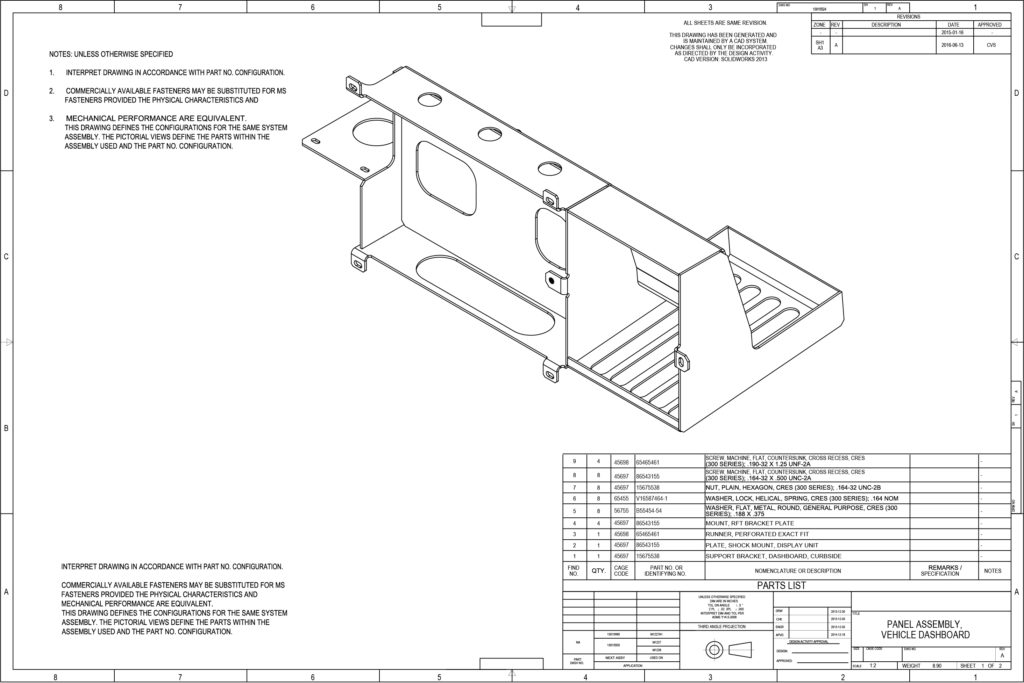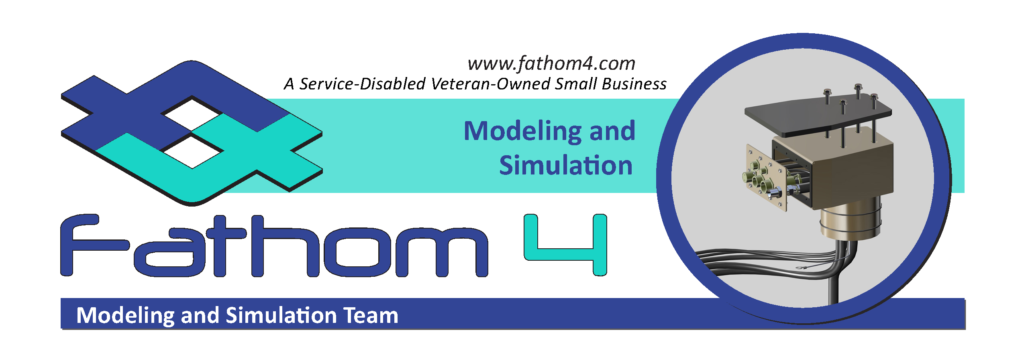
To download a PDF referencing our FEA capability in more detail, click the following link: Fathom 4 Capability – Modeling & Simulation
At Fathom4 our passion is protecting the warfighter. By being at the forefront of tactical vehicle C4ISR integration, our work has a great ability to do just that. CAD modeling and simulation provides an invaluable tool that allows us to move more of the engineering even earlier in the design process. By considering the lifecycle of the product from the initial design stages, Fathom 4 is able to develop an integration that is not only cheaper to manufacture, assemble, service and better for the environment, but also more robust and effective for the end user.
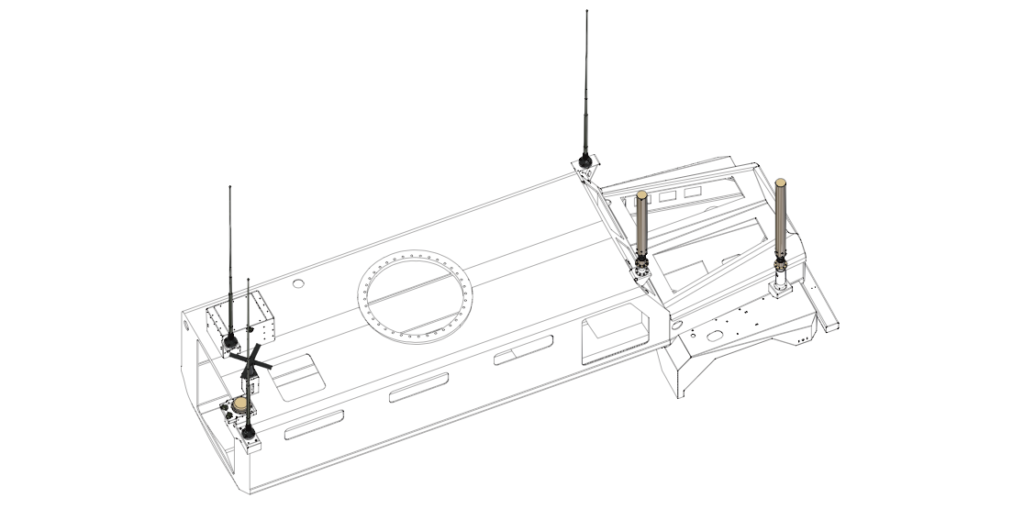
The constant challenge with integrating complex C4ISR into vehicle platforms is the uniqueness that each custom integration creates. This complexity is compounded if the timeline for integration is compressed. By moving more of the engineering to the forefront of the design process, the design can be substantially optimized before the first parts are built. This reduces rework, testing loops, scrap, field failures, and other costly hiccups that come from products designed in a typical prototype process.
Throughout the design phase, the engineering team maximizes efficiency by seamlessly integrating design for manufacturability (DFM), assembly (DFA), service (DFS), and thus design for X (DFX). DFX methodologies help Fathom 4 create designs that consider every phase of the product lifecycle before the first part is ever manufactured.
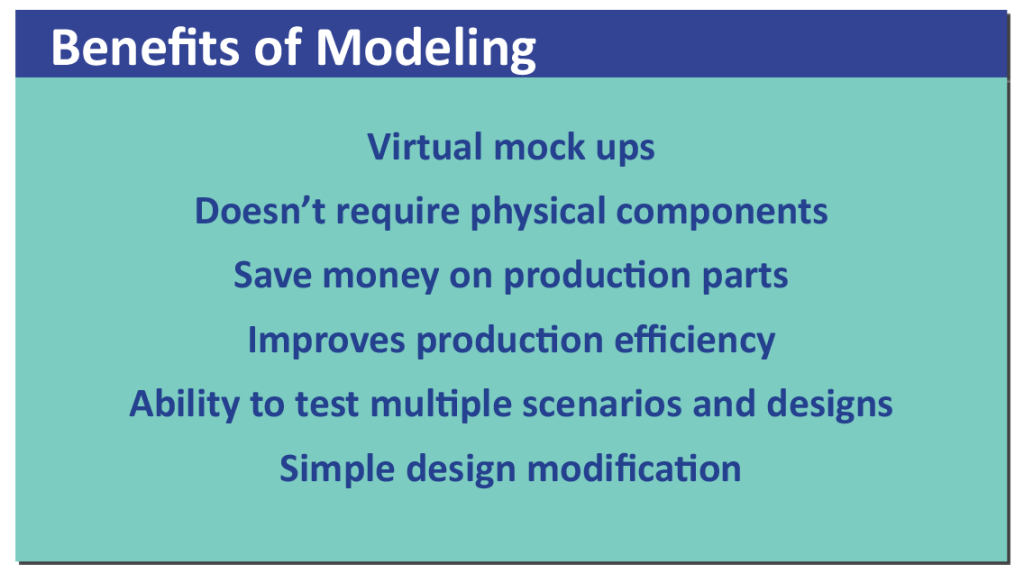
Fathom 4 creates a 3D vehicle model that provides a simulated integration platform. That model is used to virtually integrate metalwork, cables, and C4ISR equipment. This provides valuable feedback using interference detection analysis and space claim studies.
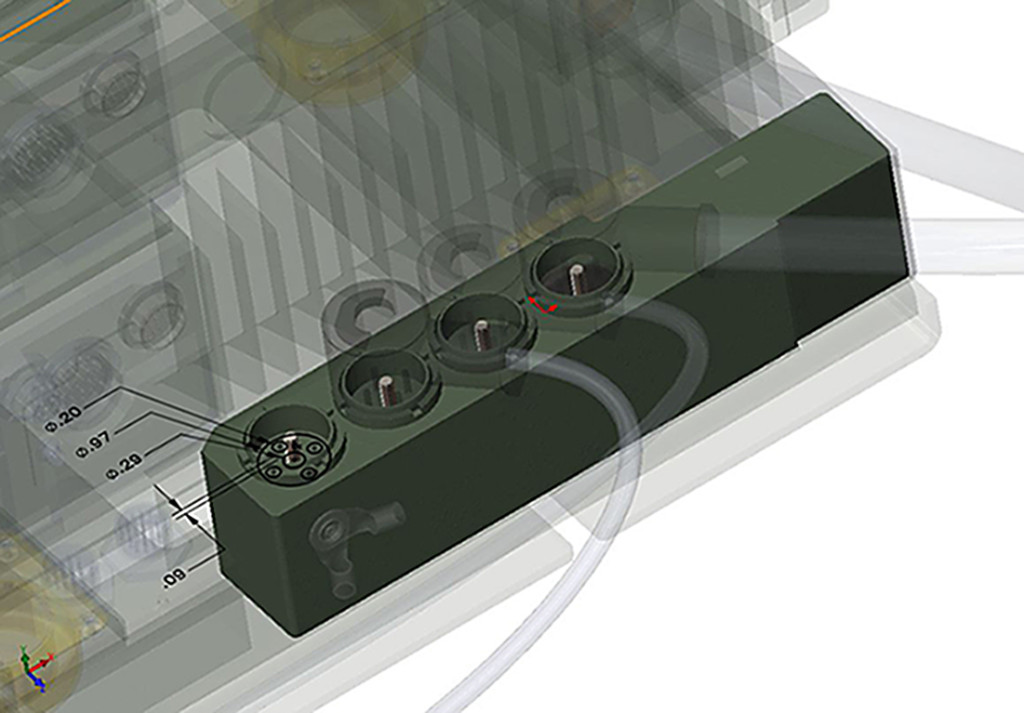
Other simple feedback is also provided about hardware length and cable length that reduces prototype material purchases. Finite element analysis (FEA) is used to mitigate any structural weakness in the designs using the MIL-STD composite wheeled vehicle vibration profile. This FEA feedback can also be used for specific design concerns such as steps or loading platforms.
Focused on the warfighter, Fathom4 ensures that the latest modeling and simulation technology keeps the best C4ISR product in front of our soldiers.
Finite Element Analysis
The Fathom 4 FEA Team is able to perform static, sawtooth pulse shock, and random vibration simulations based on parameters set forth by the client’s specified standard (for example: MIL-STD 810G or 901D). Our FEA team consists of multiple degreed mechanical engineers and full-time engineering technicians dedicated to providing superior FEA services. Each of our engineers is experienced in the fields of part creation, finite element analysis and product performance. Every team member evaluates and provides input into each new FEA project in order to guarantee precise, thorough and detailed solutions.
Experience

Production Level Fabrication
Fathom 4’s team has years of combined experience in a rapid prototype and production environment creating the interface points between two OEM components or completely new designs. Once the designs are complete, production level fabrication drawings are created that meet MIL-STD and ASTM requirements for consistency and thoroughness.
Technical Data Packages
Fathom 4’s team will create Production Level Technical Data Packages for the entire C4ISR integration. These drawing packages give full manufacturing and installation details required to reproduce the integration in a reliable and repeatable production process. Also, the engineering documentation can easily be converted into an LSA36 and engineering documentation for provisioning (EDFP) to give our clients what they require for the sustainment of the system from cradle to grave.

